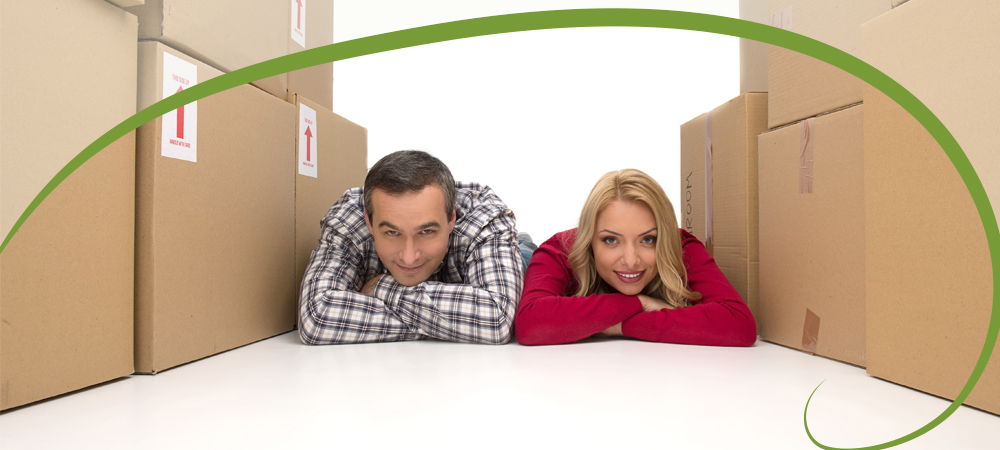Man and Van

With the increase of globalization and the proliferation of discount stores in almost every town and city, it is no wonder that many people find...
House Removals

Many House Removals companies offer Removal Services that they claim are affordable. But are they really? You will find hidden fees at every step...
Office Removals

What do you expect from your Office Removals company? Well, from Movers you can expect the best. That’s because we hire the best people,...
EU Moves

An EU Move is never easy. But it is even harder when you have kids and pets who are coming along with you. You may have spent a great deal of time...
Request a quote
Other Services
Top-notch movers! Mover impressed us with their punctuality, efficiency, and the respect they showed for our belongings. Outstanding communication at every step.
Zion L.
HANDYMOES saved the day when our movers canceled last minute. Everything was handled delicately, and our belongings were placed perfectly as I asked.
X. Tafoya
If you're looking for great rates and careful movers, Moving Services is perfect. Their staff was very nice and took excellent care of my furniture.
A. Farias
The best moving experience I've had! Removalists impressed me with their professionalism, kindness, and excellent value for money.
Kain F.
I couldn't fault anything about Moving Company. The movers were reliable, swift, and extremely careful with my property. Price was great.
Kole Malley
Mover did a wonderful job on my move. The team was fast and made sure my furniture remained safe. They were skilled, organized, and pleasant to deal with.
Jayleen Flanagan
A+ service! The movers worked quickly yet carefully, were tidy, and showed kindness. Movers is my top pick for moving companies.
F. Tobias
Three seamless moves thanks to this hardworking removals team. Very pleased with their efficient and organized approach.
Christina C.
A friend suggested I reach out, and I was impressed by their speedy reply and constant updates. Their courteous and professional approach convinced me to book them again for my parents' move.
A. Speer
There's always worry with a big move, but these movers were top-notch. The quote was honest, their work ethic was amazing, and they were careful and quick--the move went flawlessly.
Taliyah W.





